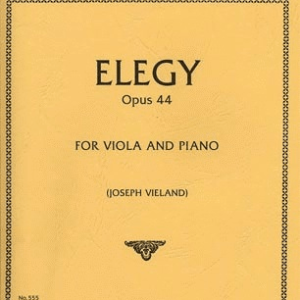

Vocalise dates from the summer of 1912, when he completed a cycle of fourteen songs, tailoring each to the talents of an individual Russian singer he knew. Rachmaninoff wrote so much bravura piano music and so many dramatic orchestral works that one tends to overlook his greatest strength as a composer - an incredible lyric gift best evident in his more than seventy songs and numerous choral works. Vocalise for Cello and Piano Sergei Rachmaninov As with many well-known compositions, it has also been transcribed for a myriad of solo instruments and ensembles by various hands. The composer himself also scored the work for voice and orchestra, in which form it is often heard. Though Rachmaninoff indicated the work can be sung by a soprano or a tenor, it is generally performed by the former, and like many songs, is transposed to different keys to best match the range of the vocalist. A brief coda concludes the piece where the voice soars above the accompaniment before coming to rest on the tonic and fading away into the final cadence. A wealth of material is presented in its opening section from which Rachmaninoff then draws upon and plays out in both the voice and accompaniment during the latter section, in particular as the piece’s emotional climax is reached. The melody gracefully unfolds across a rounded binary form as the piece progresses. In the plaintive key of C-sharp minor, the voice weaves its melancholy and longing melody over a slowly descending bass and a pulsing accompaniment of chords. Fauré and Stravinsky both composed their own songs without words, but it is Rachmaninoff’s 1912 composition that is the vocalise for many admirers of his work and classical music in general. However, a few composers of the early 20 th century, searching for new means of expression, found in the vocalise all the potential of a blank canvas. While the étude underwent a radical transformation during the 19 th century that began with Frédéric Chopin, the vocalise did not.


In technical terms, the vocalise is to song much in the same way the étude is to a piano piece, and its history dates back to the mid-18 th century. Sergei Rachmaninoff’s Vocalise is one of his most beloved and well-known creations-a piece that has taken on a life and reputation separate from its thirteen companion pieces that make up the composer’s Fourteen Songs, op.


 0 kommentar(er)
0 kommentar(er)
